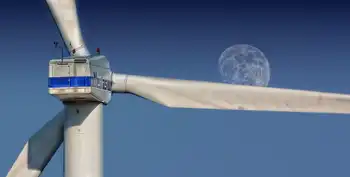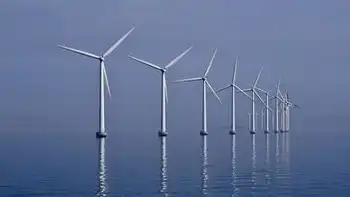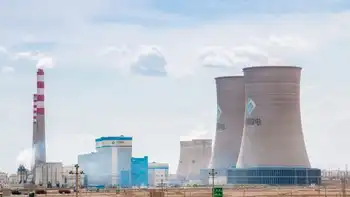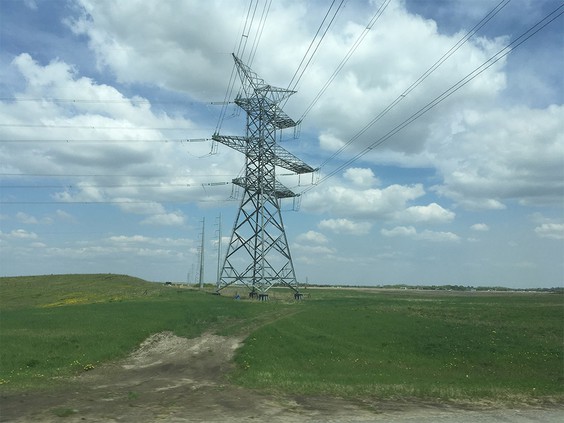Midwest ISO Issues Draft Energy Markets Tariff-Members
CARMEL, Ind. -- - In accordance with its comprehensive plan to ensure a smooth opening of day-ahead and real-time energy markets in the Midwest, the Midwest Independent Transmission System Operator, Inc. has released for review and comment a revised draft of its proposed Open Access Transmission and Energy Markets Tariff, the regional transmission organization announced recently.
The draft tariff reflects changes necessary to incorporate energy market operations into the Midwest ISO's Open Access Transmission Tariff.
The proposed tariff incorporates feedback provided by numerous members and stakeholders following ongoing tariff discussions this spring that culminated in a two-day technical conference in May. The revised draft tariff also includes proposed changes based on Midwest ISO's draft market protocols.
In another equally important step toward ensuring active involvement in market implementation, Midwest ISO has posted on its website for review and comment its first notice of the initial allocation of financial transmission rights (FTRs) for the market. FTRs are financial instruments that allow market participants to hedge their exposure to transmission congestion costs.
As part of the ongoing interchange between the Midwest ISO and stakeholders to determine the final methodology for allocating FTRs, Midwest ISO is encouraging stakeholders to review and comment on two different allocation methodologies used in the initial allocation of FTRs. The initial allocation of FTRs is based on a network data model that represents all of the load and generation in the Midwest region served by the Midwest ISO. Development of the network model and the production of initial FTR allocations are important milestones for implementation of day-ahead and real-time electricity markets in the Midwest on March 31, 2004.
The Midwest ISO will also continue to refine its network data model before it finalizes the allocation of FTRs in early 2004.
"Defining the tariff language necessary to provide a solid blueprint for market operations, developing a network data model and producing initial financial transmission rights allocations are key components of our overall plan for ensuring a smooth market opening," said James P. Torgerson, president and chief executive officer of Midwest ISO, the nation's first regional transmission organization approved by the Federal Energy Regulatory Commission (FERC).
"We are committed to honoring existing contracts and service arrangements consistent with federal and state policy," he said. "We look forward to working closely with stakeholders so that no state experiences adverse impacts when the market opens," he added.
The Midwest ISO is implementing market-based solutions to manage transmission congestion, as required under FERC Order No. 2000. With the market-based tools that the Midwest ISO is offering, participants will be able to better manage the costs associated with grid congestion, and customers will benefit from more efficient use of the transmission system, more economic dispatch of generation and more accurate pricing signals, Torgerson said.
Midwest ISO's congestion management system features locational marginal pricing and financial transmission rights. Midwest ISO is working with stakeholders over the next several weeks to refine the allocation methodology before making an informational filing with FERC planned for August 1. FTR allocation issues will continue to be addressed in the Midwest ISO's Transmission Rights Task Force (TRTF) stakeholder forum until the final allocation is made in early 2004. Details on the initial FTR allocation assessment and the two different methodologies offered are available at www.midwestiso.org .
To prepare participants for the Midwest Market opening, Midwest ISO is holding a series of training sessions over a seven-week period this summer in cities throughout Midwest ISO's footprint and in New York and Houston.
Related News
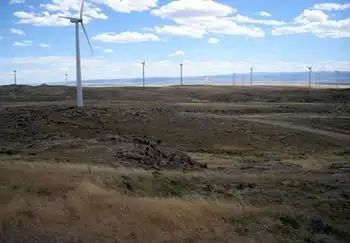
Germany’s renewable energy dreams derailed by cheap Russian gas, electricity grid expansion woes
BERLIN - On a blazing hot August day on Germany’s Baltic Sea coast, a few hundred tourists skip the beach to visit the “Fascination Offshore Wind” exhibition, held in the port of Mukran at the Arkona wind park. They stand facing the sea, gawking at white fiberglass blades, which at 250 feet are longer than the wingspan of a 747 aircraft. Those blades, they’re told, will soon be spinning atop 60 wind-turbine towers bolted to concrete pilings driven deep into the seabed 20 miles offshore. By early 2019, Arkona is expected to generate 385 megawatts, enough electricity to power 400,000…

